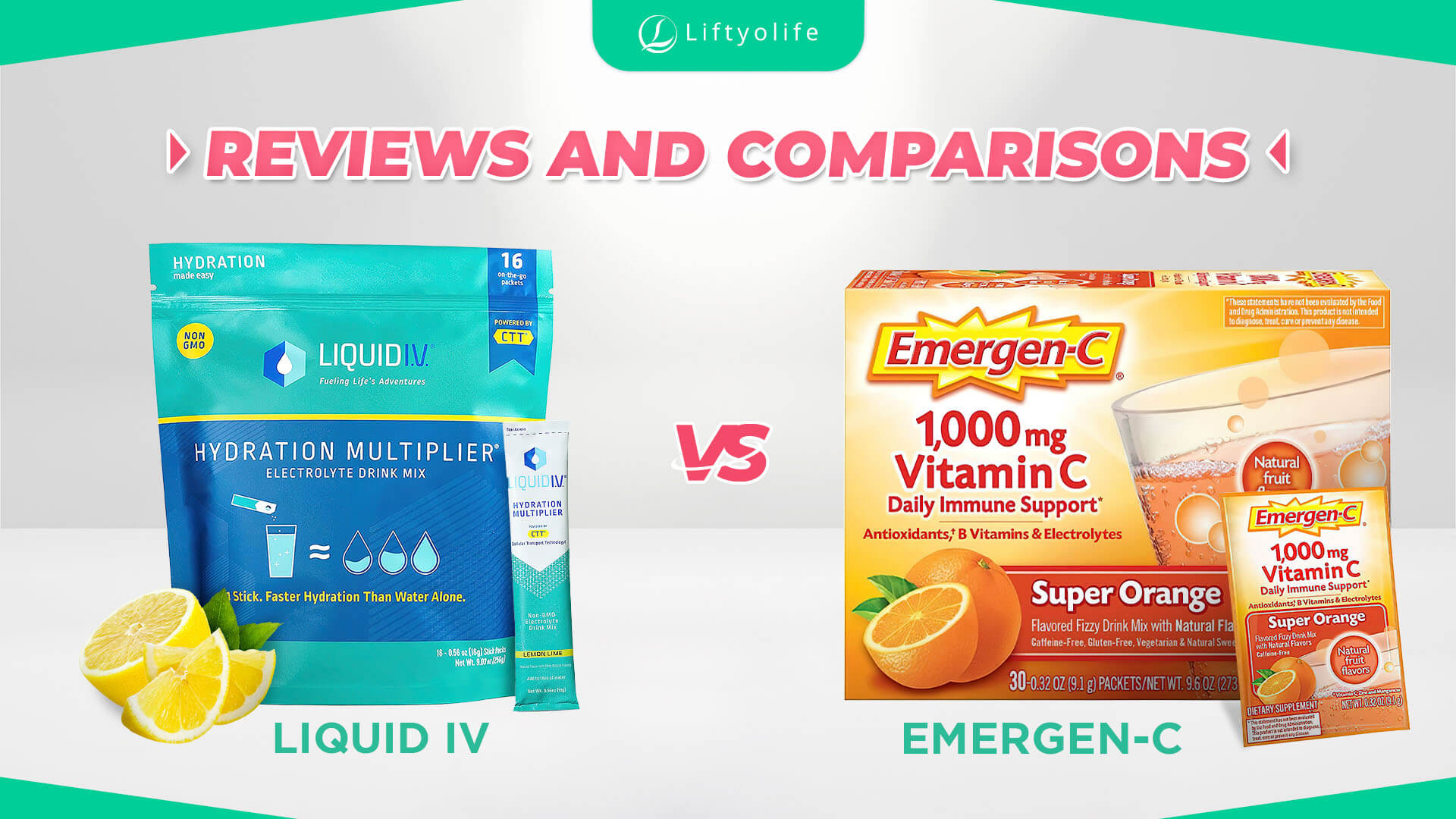Difference Between Type 1 And Type 2 Diabetes: Do You Know?
Diabetes is a nightmare for many people since they will live with it for the rest of their lives. Although type 1 and type 2 diabetes are the most common in the U.S, people are still confused about distinguishing these types. Liftyolife (liftyolife.com) will show the difference between type 1 and type 2 diabetes in this article; hopefully, it can help you.
-
Contents show
What is the prevalence of diabetes?
The National Diabetes Statistics Report, 2020 from CDC’s Division of Diabetes Translation showed the state of diabetes in the U.S with health data through 2018 (1). In a total of the U.S population, estimates the diagnosed diabetes were:
- 10,5% of the U.S population was suffering from diabetes, with 34.2 million people of all ages.
- 13% of the U.S adults had diabetes – means 34.1 million adults ages 18 and older.
- The percentage of adults who are suffering from diabetes increase with age, with 26,8% of those ages 65 and older.
Figure 1. Diagnosed Diabetes, Total, Adults Aged 20+ Years, Age-Adjusted Percentage, U.S. Counties, 2019
In 2018, around 1.5 million new cases of diabetes (6.9 per 1,000 people) were diagnosed among US individuals aged 18 and above. Although the incidence rates of diagnosed diabetes in these age groups decrease, many new cases are still reported.
Figure 2. Trends in age-adjusted incidence of diagnosed diabetes, adults aged 18 years or older, United States, 2000–2018
-
Symptoms of diabetes
Estimates that about 7.3 million adults were not aware of having diabetes. This figure represents 2.8 percent of all adults and 21.4 percent of all adults with diabetes in the U.S. Thus, paying attention to the symptoms of diabetes promptly is important.
Type 1 and type 2 diabetes, if not treated properly, can cause symptoms such as:
- Are very thirsty and urinate (pee) a lot, often at night
- Are very hungry and tired
- Lose weight without trying
- Have more infections, numb or tingling hands or feet
- Have blurry vision
2.1. Type 1 diabetes
About type 1 diabetes, it is a chronic condition in your pancreas that doesn’t make or make little insulin. This can lead to the high blood sugar level in type 1 diabetic patients and forces them to take insulin injections every day to control. This type of diabetes could take a month to a year before showing some symptoms. But once the symptoms are noticed, they can be severe.
The symptoms of type 1 diabetes are similar to other health conditions’ symptoms. People who have type 1 diabetes may have the following symptoms:
- Nausea
- Vomiting
- Stomach pains.
So, if you think that you have type 1 diabetes, consult with your doctor to test your blood sugar with A1C screenings.
2.2. Type 2 diabetes
Your cells don’t normally respond to insulin; this is called insulin resistance if you have type 2 diabetes. This type of diabetes causes a high sugar level, which leads to severe health problems, including heart disease, vision loss, and kidney disease.
Because the warning symptoms of type 2 diabetes are hard to spot, it is important to notice the risk factors. Go to see the doctor if you have any of them.
-
What are the risk factors of diabetes?
3.1. Type 1 diabetes
Although the risk factors of type 1 diabetes are not clear in comparison with type 2, you can notice some following risk factors (2):
- Age: you can have type 1 diabetes at any age, although it is more likely to strike a child, adolescent, or young adult.
- Family history: if you have a family member with type 1 diabetes.
3.2. Type 2 diabetes
You’re at risk of suffering from this type of diabetes if you:
- Have prediabetes
- Excess weight or have obesity.
- Ages 45 and older
- Have a family member such as a father, mother, brother, or sister with type 2 diabetes.
- Are physically inactive.
- Have ever had gestational diabetes.
- Are African American, Hispanic, American Indian, or Alaska Native.
-
How to control type 1 and type 2 diabetes?
Diabetes can lead to severe effects on people’s health, such as kidney, nerve, eye diseases, and heart disease, especially in those who have type 2 diabetes (3).
Figure 3. The percentage of young adults in the U.S with diabetes developing complications from the disease, National Institutes of Health, Feb 28th, 2017.
So, how to protect you and your loved ones away from type 1 and type 2 diabetes? Living with diabetes can be challenging, but everything you do for your health is worth it.
If you are diagnosed with type 1 diabetes, you will need to take insulin shots every day to control your blood sugar levels at a normal range. Although people with type 2 diabetes can manage their disease by eating healthier and doing more exercise, many others require diabetes medicines as well. These medicines could include diabetes pills or medicines you inject under your skin, such as insulin.
Diabetic patients can choose from a variety of insulin options to control their blood sugar levels (4). In addition to taking insulin, diabetes patients also need to check their blood sugar levels regularly. Consult your doctor to determine how frequently you should check it and your goal blood sugar levels.
-
Type 1 and type 2 diabetes: Can these types be prevented?
Unfortunately, type 1 diabetes can not be prevented. But you can manage this type of diabetes by using insulin and other drugs. About people with type 2 diabetes, they can both lower their risk of developing and manage this type by changing their lifestyle.
Liftyolife (liftyolife.com) hope you can find the answer for the question “What is the difference between type 1 and type 2 diabetes?





